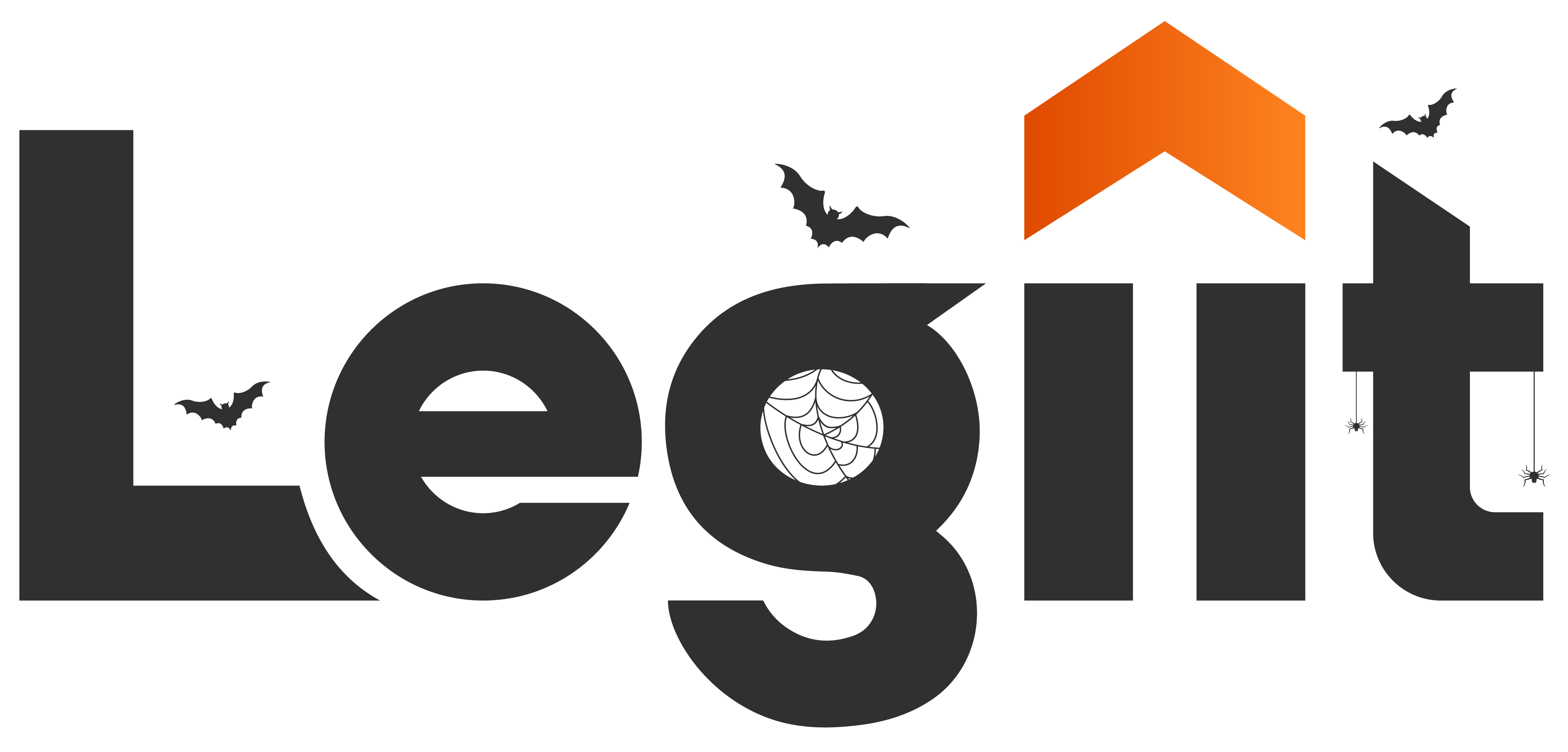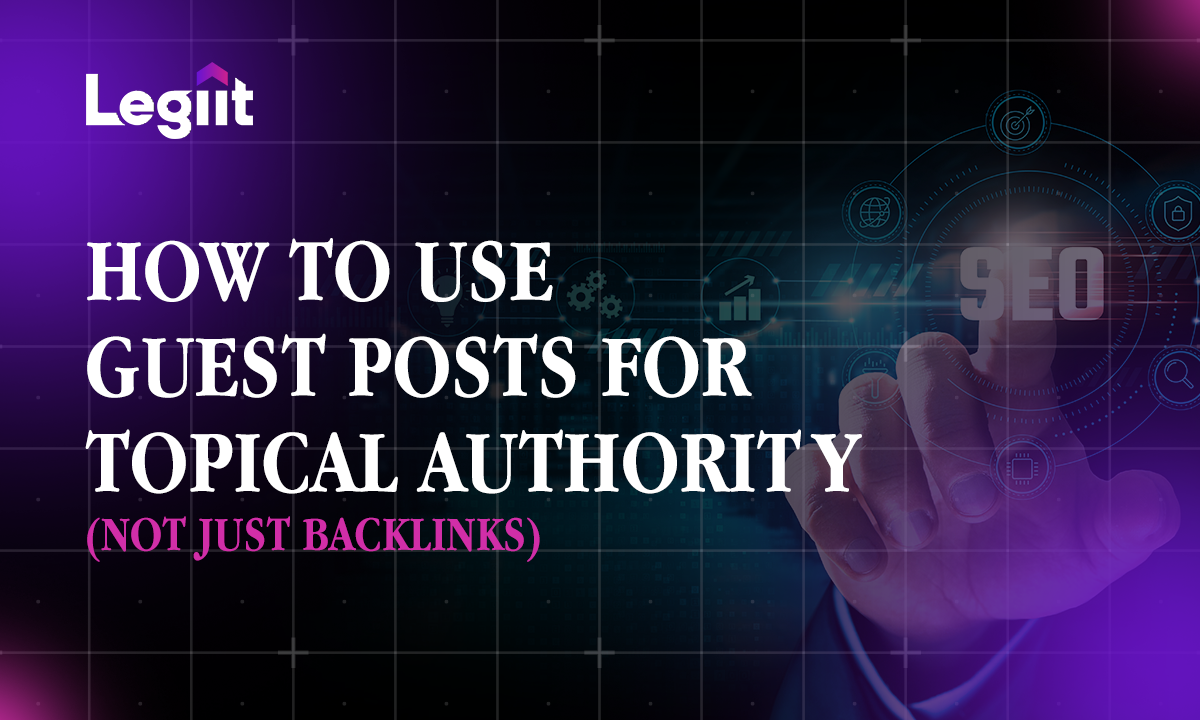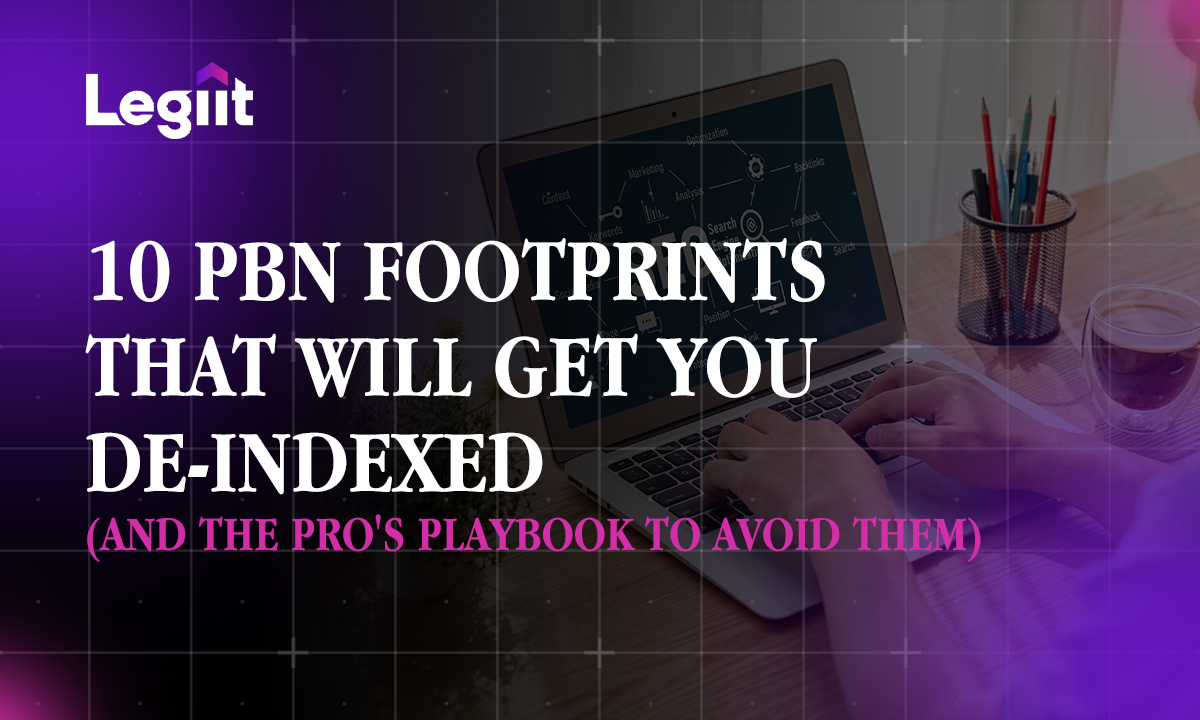Website owners and SEO professionals do everything within their powers and capabilities to get their websites ranked on the first page of search engines.
However, having toxic or unwanted backlinks can be dangerous to your site. It has a lasting effect on a site's organic rank.
This happens because some competitors work tirelessly to hurt top-ranking websites by creating negative SEO.
Negative SEO can affect your Google ranking and lead to Google penalties. As much as Google has the power to prevent negative SEO from affecting your website, you should regularly do your backlink audit and clean out the spammy and harmful links.
In this article, we’ll take you through some of the strategies you can use to take control of your backlink profile.
Let’s do this.
What is negative SEO?
Negative SEO is a black hat SEO technique that involves the use of malicious tactics to sabotage a competitor’s rankings in the search results.
The goal is to move the competition down instead of organically moving a site up.
Negative SEO is strictly against search engine guidelines and some forms of negative SEO are even against the law in certain countries.
Activities that culminate in negative SEO involve;
- Knowingly building spammy links
- Removing your quality backlinks
- Website hacking
How do you measure the impact of backlinks
You need to implement a backlink strategy to be successful with SEO, but how do you measure the results of link building to make sure the strategy is effective?
But first, to measure the quality and quantity of your backlinks, you can use various metrics, such as:
- The total number of backlinks and referring domains
- The page and domain authority of your site and your linking root domains
- The anchor texts of your backlinks and how well they match your keywords
There are a few key metrics that show the effectiveness of backlinks.
- Domain Authority
- Relevance
- Site Quality
- Anchor text
- Engagement
With this in mind let’s look at some of the necessary tools for backlink management.
Top-Backlinks Management Tools
Backlink tools are software or online services that help website owners track and analyze their website's backlinks. These tools provide data such as:
- The total number of links
- Unique domains
- Anchor text
- Link quality
- Authority
- Context, and
- Linking pages
They also allow website owners to:
- Track new/lost backlinks
- Monitor backlink growth over time, and
- Analyze their competitors' backlink profiles
- Discover all the data about your backlink profile and improve it.
- Find out the number of referring domains.
- Find out the number of dofollow links.
- Find out the number of nofollow links.
- Find out the number of expired domains.
Some popular backlink tools include SEMrush, Google Search Console, and Ahrefs.
A good backlink tool like the Legiit GMSD dashboard should help you monitor your long-term link growth, changes in the link structure, and upgrades and downgrades of individual backlinks.
Let's start with setting up your 1st ever campaign.
1. Step 1 would be to key in your business website URL. You can choose between http or https, whatever your website protocol may be to be followed by your website domain.

2. Step 2 would be setting up a Campaign name for your dashboard. It can be anything related to your website that you want to use to refer to your campaign.

3. After setting up your campaign name, you will proceed to Step 3 which is choosing your business goals.

That's it! Your dashboard should be ready.
To check or audit your backlink profile, you first need to link to your Google search console and then the dashboard will start to populate your backlink profile on the backlink history feature.

After that, you can now audit your backlinks. Here is what you can expect to see.

Here are some other backlink checker tools to help you optimize your content marketing:
- SEMrush – The best free Backlink Checker.
- Google Search Console – Free backlink checker.
- Ahrefs – Backlink Checker.
- Majestic SEO – Anchor Text and backlinks analyzer.
- SEO SpyGlass – Backlink Tracking Tool.
- LinkChecker Backlink Management Tool.
- Neil Patel’s Ubersuggest – Link Analysis Tool.
- Moz Toolbar – Backlink Status Checker.
- Rank Signals – Free Link Detector.
- Unamo SEO – Link Detector for New Links and Anchors.
Why is it important to delete unwanted links?
#1. Improving search engine ranking
Low-quality backlinks from relevant sources can hurt your search engine rankings.
Therefore, by identifying and removing these harmful backlinks, you can improve your website’s visibility and rank higher in search engine results.
#2. Enhancing user experience
Backlinks from irrelevant websites can lead users to unrelated content.
To improve your website visitor’s experience, you should consider getting rid of these spammy backlinks.
#3. Protecting your website’s reputation
Search engines perceive spammy links as an attempt to manipulate the search engine to rank them higher which might lead to a Google penalty.
Also, cleaning your backlink profile helps you to:
- Avoid Google penalties
- Get rid of bad links on your site
- Avoid being removed from an index due to a broken backlink
- Achieve a good backlink profile
Removing unwanted backlinks from your site could help you maintain trust with your audiences.
Why would you want to delete a backlink?
There are many reasons why you should consider deleting your backlinks. Some of these reasons include;
- Buying backlinks from an untrustworthy source
- Building low-quality links
- Participating in a link exchange scheme
- Guest posting with keyword-rich anchor text
The process of removing toxic backlinks is really simple but can be time-consuming. Here are the steps you need to follow to get rid of unwanted links.
#1. Identify the type of toxic backlinks you want to avoid
There are some links you should avoid by all means. They include;
- Links from penalized domains
- Links from foreign language sites
- Links from bad neighborhoods
- A huge number of links from unrelated websites.
- A large number of exact anchor text links
- Links from link directories and link firms.
For example, Google believes you can create links from foreign languages and links from exact anchor text to manipulate ranking.
But, first of all,
What are toxic backlinks?
These are unnatural backlinks pointing to your website that violate Google link guidelines.
To be on the safer side;
- Ignore links from social media
- Ignore nofollow links
- Ignore links coming from expired domains
Let’s find out how to identify bad backlinks using different tools.
How to find bad backlinks using Google Search Console
Step 1. If you already have an account, log into the Google search console.
Step 2. Click links from the left menu.
Step 3. Click more under (Top linking sites)
The list you see includes all the bad and good backlinks.
The next one is,
How to find bad links using Semrush
In Semrush, you can identify bad links by using the backlink audit tool.
- Enter your domain and click start backlink audit, then, follow the instructions to conduct your audit. After that, you’ll see your results.
- You can connect other tools like Google Analytics, Google Search Console, or Majestic accounts, to get more accurate results.
- After that go to the audit report and look at the backlinks flagged for review each link is assigned a toxicity score from 0-100. The higher the score, the more likely the link is to be toxic.
- Click on the toxicity score to see the results, which are marked as dangerous and potentially dangerous.
- In the authority score column click the icon alongside the score url to look at the backlink on the website where it is located.
Authority score metrics are reflected out of 100 and the higher the authority score, the lower the chances of the link being toxic.
After considering all these factors, you then decide whether the link is toxic or not.
How to find bad backlinks using a Backlink Removal Tool
Using a tool is also an effective way to clean up your profile. The following are some of the benefits you enjoy when using a backlink removal tool.
- It automatically checks the backlinks and advises which ones are spam.
- Prepare a disavow file for you.
- It allows you to retrieve the links automatically by connecting them with your Google Search Tool.
#2. Find where the toxic links are coming from
Use these tools to monitor your backlinks. You will be able to spam score and act accordingly if needed.
It is advisable to use Excel sheets or CVS files because they are easy to use and will help you have some orders.
You will know which web owners to contact first, to remove the linking pointing to your website.
#3. Request removal from the website
After getting to know which links exactly to remove, you are then required to contact the web owner to remove the link. This step is not usually easy because;
- In most cases, the contact information for these websites is not always provided.
- Where contact is provided, you may contact the owner, but they fail to act or even respond.
Well, in a case where you don’t get an email to contact the web owner, you can track down the web owner by using WHOIS Domain Lookup.
If you find the email but don't get feedback, then you should contact the hosting company and ask them to remove the toxic backlinks you’ve identified. To find out the company hosting a website, use WhoIsHostingThis.
#4. Create a Disavow file
If you are wondering what disavow files are, the next line explains. It is a feature that allows you to upload a file to Google with a list of links you don’t want Google to take into account.
While doing this be sure not to harm your website by removing good backlinks from it.
- Create your disavow file using this format.
- Use # in front of a line to add any comment.
- When to add a particular URL to disavow the file add the full link.
- When you want to disavow ALL links from a particular domain, use domain;exaple.com
Add comments to prove to Google that you attempted to remove the links manually.
#5. Submit the Disavow file to Google
After making sure the file is standard, submit it to Google in these few steps.
- Select your domain from the list and click Disavow links
- Click the disavow link again
- Click CHOOSE file to select the disavow file
- Click on the submit button.
Once you’ve submitted the file Google will check and analyze it and then further give instructions.
Final Thoughts
Removing these harmful links from your site involves a combination of manual effort and the use of tools such as Majestic, Google Search Console, etc.
You need to manage your backlink profile to make sure that you’re getting links from relevant sites. If your linked pages come from toxic sites and sketchy domains, Google might see this as manipulating the search algorithm. Don’t let Google question your reputation and authority due to low-quality backlinks.
The goal is to retain organic links and remove harmful links from your site. This requires you to do some data analysis for every backlink that you have.
By following the steps above, you can monitor your backlinks more efficiently and track the important metrics you need to get a solution. The tools above will make backlink management easier for you.







 Up & Coming Talent
Up & Coming Talent






 Download
Download